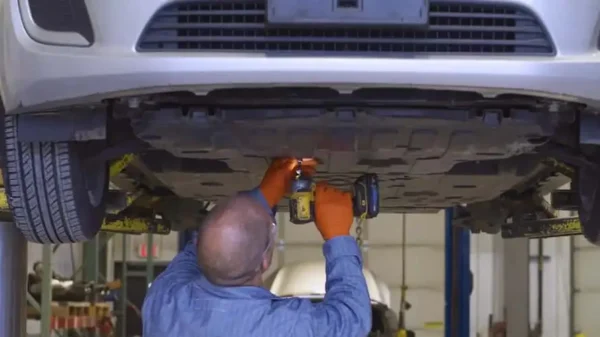Introduction: EVs and Their Purpose Beyond the Road
Electric vehicle (EV) sales have soared over the last decade, leaving many used EVs nearing the end of their lifespan. While it may seem these vehicles are headed for the landfill, the reality is far more sustainable. Unlike their gas-guzzling counterparts, older, high-mileage EVs are prime candidates for recycling and repurposing, particularly their batteries. This blog explores the innovative paths taken by battery recycling companies like Redwood Materials to ensure these batteries continue to deliver value.

The Role of Redwood Materials in Battery Recycling
Redwood Materials, spearheaded by former Tesla executive J.B. Straubel, is at the forefront of North America’s battery recycling industry. The company processes an impressive 20 gigawatt-hours of batteries annually, equivalent to 250,000 EVs. It currently holds a staggering 90% share of lithium-ion battery recycling throughout North America. Recently, Redwood launched ‘Redwood Energy,’ a division focused on transforming old EV batteries into modular energy storage systems (ESS). This innovative approach proves beneficial as many used batteries retain over 50% of their original capacity.
Impact of Repurposed Batteries on Energy Markets
The booming ESS market comes at a critical time, particularly with energy-hungry data centers straining the grid. Repurposed batteries can significantly reduce that burden while preventing harmful chemical spills into the environment. Notably, as we look ahead, the ESS market isn’t likely to struggle with supply, but rather with how quickly and efficiently batteries are repurposed. Between 100,000 and 1.3 million used EVs are anticipated to come off U.S. roads annually. As demand for alternative energy sources rises, the potential for repurposed battery systems to support solar and wind energy initiatives grows even more enticing.



